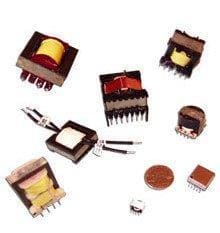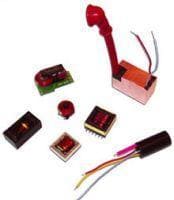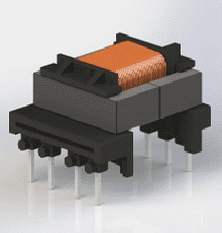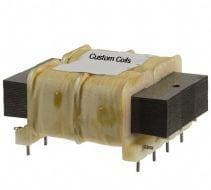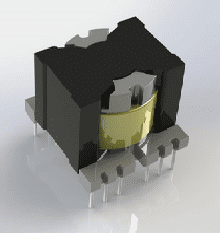
Flyback transformers serve as the perfect solution for power supply due to the low cost, design simplicity, and high levels of efficiency. There are several reasons to opt for flyback transformers over traditional circuitry. One of the reasons is the ability of these transformers to provide multiple voltage outputs. In terms of output, the user even has the ability to choose between positive and negative voltage. This allows them to be easily accommodated in several applications.
The Most Dynamic Characteristic of Flyback Transformers – Continuous and Discontinuous Mode
The ability for flyback transformers to switch between continuous and discontinuous mode is a dynamic feature that makes them extremely popular. In this process, the functioning of the flyback transformer can be regulated over a wide input voltage and load range.
Understanding the Continuous and Discontinuous Mode
In the discontinuous mode, the energy stored in the core is drained off entirely, irrespective of whether the FET is on or off. In the continuous mode, when the FET is turned off, the core starts to drain. However, right before the core completely drains off, the FET is switched on. What makes these transformers so useful is their ability to switch between the two modes during operation. They switch in accordance with the load and input voltage. This makes their functioning extremely versatile and flexible.
As a consumer, you must consider how easily the transformer can be integrated with your current systems. Generally, flyback transformers can be easily used in place of traditional circuits with similar topography. However, they offer many more advantages. There are several other characteristics of these transformers that have allowed their ready acceptance. These will be discussed in the following posts. Check this space for more news on flyback transformers.

